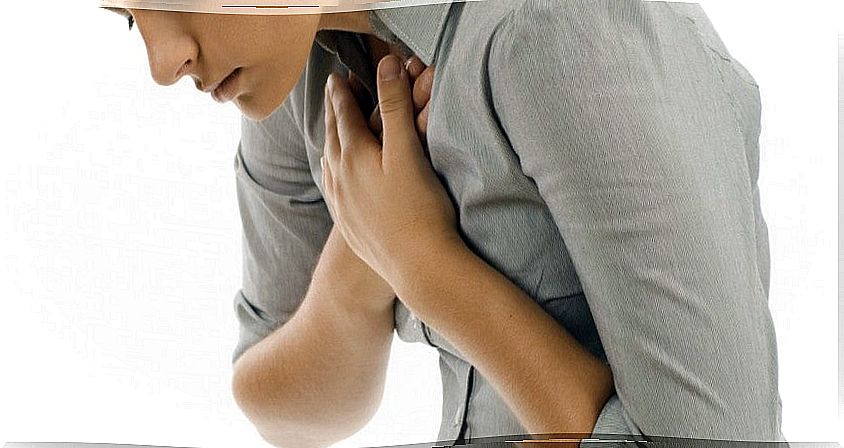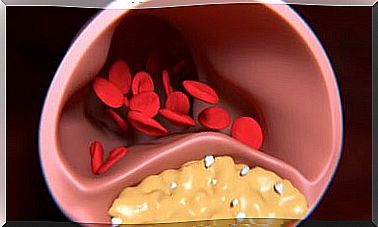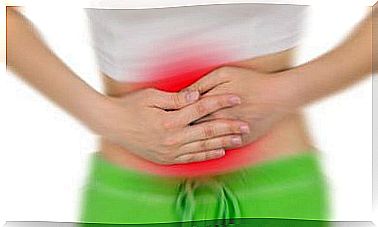Hyperventilation And Anxiety: How To Deal With Them?
Shortness of breath, feeling of suffocation, need to take in oxygen in great puffs, tremors, muscle tension … These and other symptoms are those that appear with hyperventilation.
It is a respiratory phenomenon that almost always appears during a panic or anxiety attack.
These intense and uncontrolled emotions can lead to a respiratory imbalance where the person who suffers it could come to think that they are running out of oxygen.
Hyperventilation is not a serious condition, it should be noted that it is only a symptom. It is a characteristic of conditions such as panic or anxiety attacks.
Here we explain what hyperventilation consists of, its symptoms and what you can do against it.
What is hyperventilation? What is going on with me?

Hyperventilation occurs when, when we breathe, we remove more carbon dioxide than our body produces.
Thus, studies such as the one carried out in the psychology unit of King’s College Hospital , in London, suggest that hyperventilation commonly arises during a panic attack or a state of very high anxiety.
Our breathing undergoes a slight change that triggers the whole process. Let’s take a closer look:
- When we breathe normally there is a balance between the two main gases: O2 and CO2.
- When we experience a panic attack, the balance is decompensated, so that our lungs begin to suffer, also appearing an alteration of the O2 and CO2 gases in the blood.
- This imbalance is detected by the brain, and its reaction is to reduce the impulse to breathe so that these gases return to normal.
- When the brain sends this order to “reduce breathing”, we feel that we are drowning, that our body refuses to breathe normally.
- Faced with this sensation, we make an effort on the contrary, to open our mouths and find more oxygen, further aggravating the imbalance.
- The feeling of fear when we see that we “drown” further aggravates the panic, a desperate situation that scares us, but which, according to the experts, is not serious.
Nobody loses their life. Although this does not prevent the feeling of fear.
What symptoms does hyperventilation have?

The sensations that occur with hyperventilation are unpleasant and distressing. Especially because the person does not know its origin.
These are the symptoms and physiological events that might be felt in hyperventilation:
- Feeling of suffocation
- Pressure in the chest.
- Cold sweats, or feeling hot and cold at the same time.
- Tingling all over the body.
- Ramps.
- Dizziness
- Palpitations
- Weakness in the legs
- Blurry vision.
- Muscle tension.
What to do before a hyperventilation attack?

In the event that hyperventilation and / or panic attacks are frequent, the proper is to consult a specialist. In principle, there is no need to be alarmed by an anxiety attack that leads to hyperventilation.
Here are some tips that can help you with hyperventilation. Since they are not endorsed by a professional, it is important that you bear in mind that they may not work in your case, so we recommend that you always go to a professional first.
Simple keys to managing a hyperventilation attack
- When you notice that the nerves, fear and anxiety are already at a very high level in your body, try to breathe regularly, calmly.
- If you allow your lungs to breathe in quickly, you will accentuate the sensations of suffocation and suffering.
- Try to stay calm, think that nothing is going to happen, that you are not going to have a heart attack. Breathe slowly.
- Breathe with your lips pursed, as if you were going to blow out a candle.
- You can also cover your mouth and one nostril (one part of the nose), so that the other is uncovered. This also forces you to breathe more slowly, increasing the amount of CO2 in the lungs and balancing the gases.
One of the most common solutions is to use a paper bag to help your breathing return to normal.
It may seem strange to you, but it is a simple and widely used method. Just put your mouth and nose inside the bag for a few minutes.
This will make us inspire our own CO2, and little by little the balance is restored in our organism.
It is true that some professionals do not recommend it, and that they prefer the simple act of regulating our breathing ourselves without the help of a bag. But in an emergency situation, it is always useful.
Conclution
Hyperventilation leads to an anxiety attack. If we have already had an experience of this type, it is very likely that it will happen again at some point.
We should not hesitate to ask for professional help, there are very effective therapies for these conditions. Detecting the original root of the problem, dealing with it, and including adequate techniques to better manage emotions in our daily lives will be of great help.
Likewise, practices such as Mindfulness can also be beneficial in these cases. Meditation and deep breathing are very suitable for reducing the impact of anxiety.









